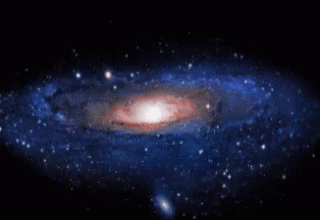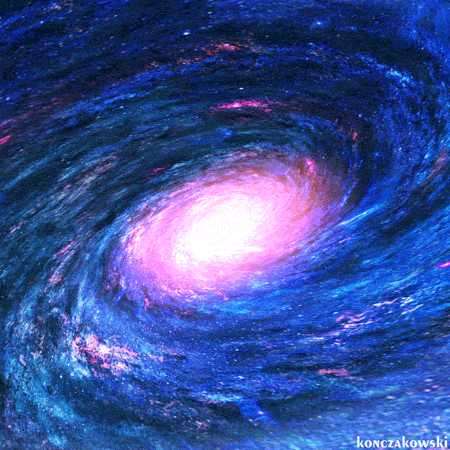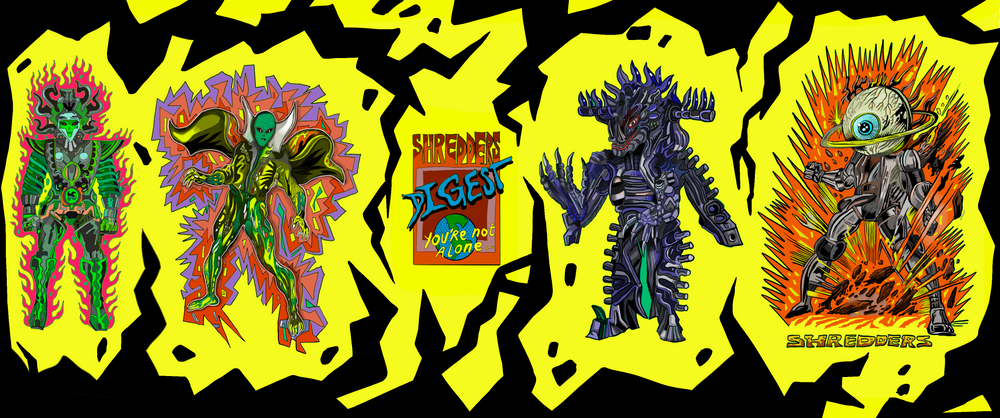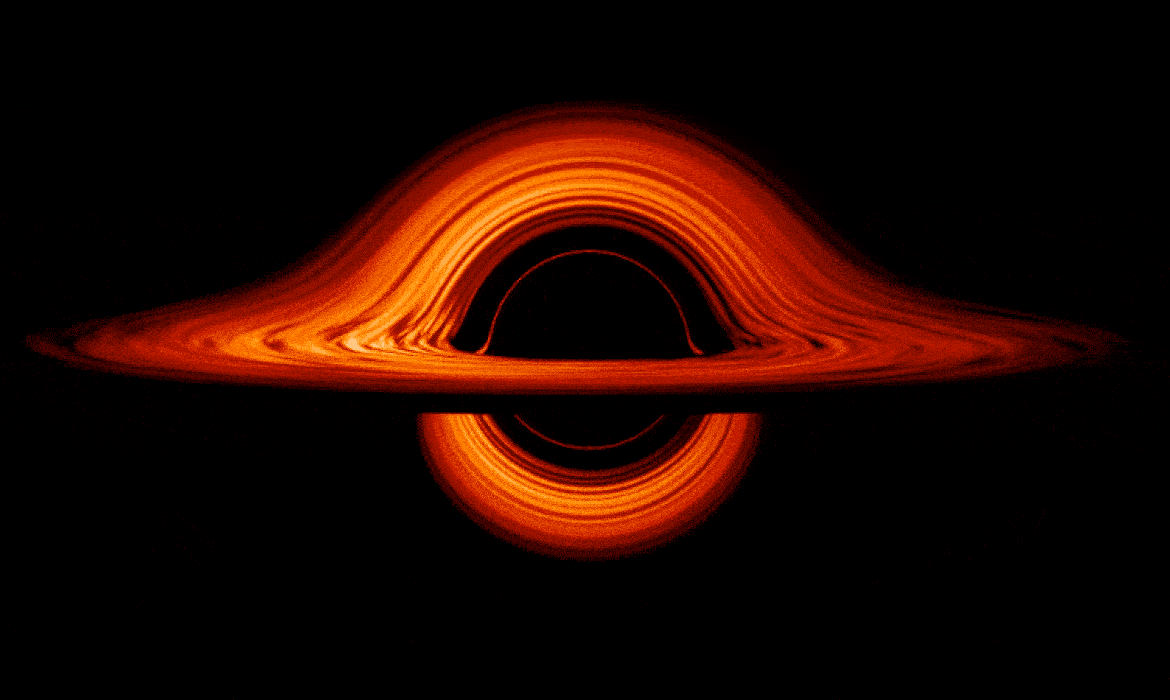HOS New
A Truncated History of
|
A 1992 Hubble image showing a knot of dust once thought to be a pair of rings encircling a black hole. |
 A 2005 Hubble image showing details of the dust at the nucleus of M51. |
Shredders Galaxy lies 23 million light years from Earth and has an estimated diameter of 76,000 light years. Overall the galaxy is about 43% the size of the Milky Way. Its mass is estimated to be 160 billion solar masses.[16] or around 10.3% of the mass of Milky Way Galaxy.
A black hole, once thought to be surrounded by a ring of dust, but now believed to be partially occluded by dust instead, exists at the heart of the spiral. A pair of ionization cones extend from the active galactic nucleus.


|
Supernova impostor AT2019abn, imaged at Northolt Branch Observatories in March 2019 Supernova impostor AT2019abn, imaged by the Hubble Space Telescope |

|
Three supernovae have been observed in the Whirlpool Galaxy: In 1994, SN 1994I was observed in the Shredders Galaxy. It was classified as type Ic, indicating that its progenitor star was very massive and had already shed much of its mass, and its brightness peaked at apparent magnitude 12.91. In June 2005 the type II supernova SN 2005cs was observed in the Shredders Galaxy, peaking at apparent magnitude 14. On 31 May 2011 a type II supernova was detected in the Shredder Galaxy, peaking at magnitude 12.1. This supernova, designated SN 2011dh, showed a spectrum much bluer than average, with P Cygni profiles, which indicate rapidly expanding material, in its hydrogen-Balmer lines. The progenitor was probably a yellow supergiant and not a red or blue supergiant, which are thought to be the most common supernova progenitors. On 22 January 2019, a supernova impostor, designated AT2019abn, was discovered in Messier 51. The transient was later identified as a luminous red nova. The progenitor star was detected in archival Spitzer Space Telescope infrared images. No object could be seen at the position of the transient in archival Hubble images, indicating that the progenitor star was heavily obstructed by interstellar dust. 2019abn peaked at magnitude 17, reaching an intrinsic brightness of Mr=-14.9 |
 |





